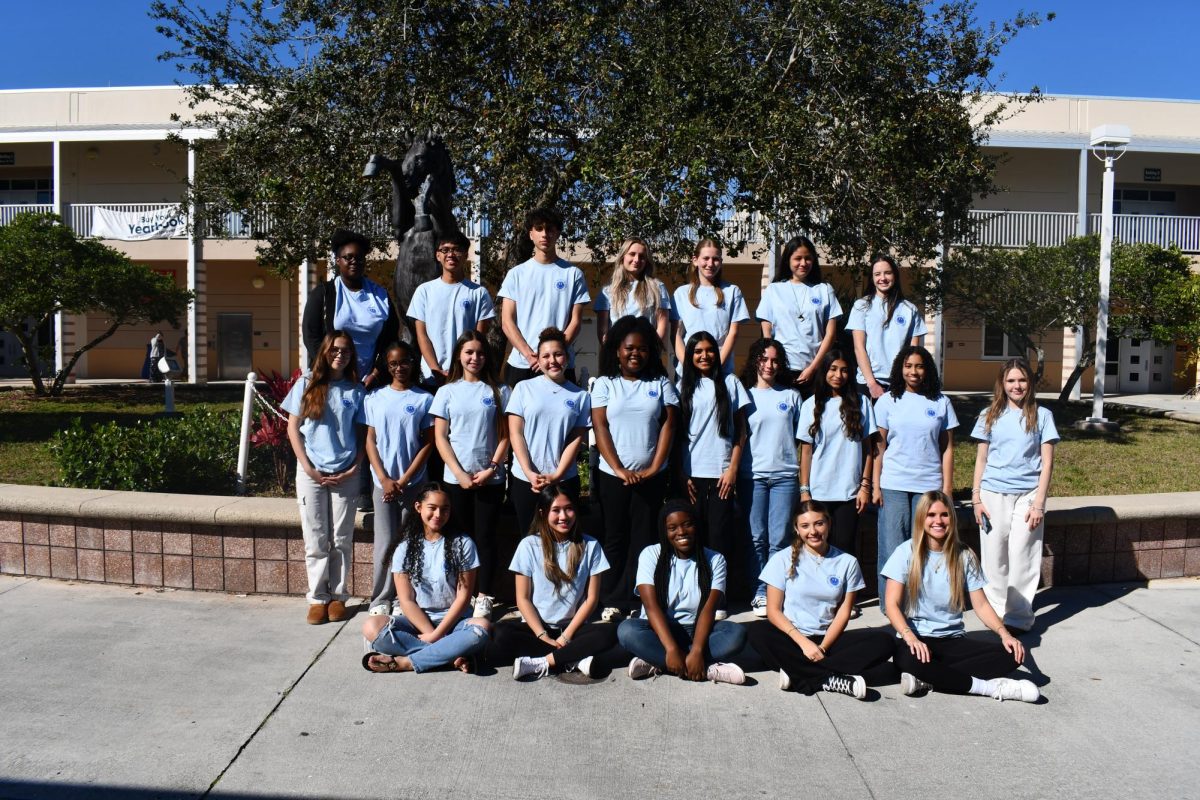Abolishing mental health stigmas for future generations
April 4, 2021
Formerly a neglected subject, today mental health is a topic society will not shy away from. Specifically, within the youth, many schools and parents are educating students of its importance as well as ways to aid their mental health. As a result, different hotlines and curriculums have been introduced over the years in an attempt to assist those in need.
According to the National Association of Psychologists: “Each year about one in five students in the U.S experience a mental disorder, but only 20 percent of those diagnosed get mental health services.”
Researchers report that signs of any mental disorders are often ignored or dismissed due to the corresponding stigma of mental health. The phrases ‘mentally ill’ or ‘battling with my mental health’ frequently makes others imagine one as abnormal, crazy, or insane. It is these characteristics that cause many to be afraid to reach out for help.
The American Psychiatric Association concluded around 50 percent of mental illness cases begin by age 14, and 75 percent begin by age 24. As a result years ago, minor elements of mental health education were incorporated into the core classes.
However, there was no set schedule or curriculum for mental health education; it was ultimately up to the teacher to decide how much and how long they would discuss mental health. Some teachers could discuss for seven minutes, while others could spend half an hour. Students were not all receiving the same lessons and the same amount of time for these lessons.
There was no immediate rush to obtain a solution for this issue as many superintendents and state legislators did not recognize any ubiquitous problems in school environments pertaining to mental health–although this would quickly change.
In 2018 there was a spike in gun violence on American school grounds. During this year, 24 school shootings occurred with both injuries and deaths. Additionally, after a seven-year span of stability, the suicide rate between ages 10-24 in the United States increased 57.4 percent.
After Nicholas Cruz opened gunfire at his Marjory Stoneman Douglas high school on February 14, 2018, killing 17 individuals, the topics of mental health and gun violence became more prevalent amongst administrators, parents, and state authorities.
Legislators were forced to acknowledge the spike in gun-related incidents as well as suicides amongst adolescents in 2018. Although some citizens nationwide believed that gun reform would abate this frequent problem, authorities believed that education on mental health was the real solution. Therefore, many state authorities petitioned to incorporate mental health in curriculums.
According to The Trace, “17 states have enacted Extreme Risk Laws, the majority being implemented following the school shooting at Marjory Stoneman Douglas High School in 2018.”
In 2019, Florida legislators told its schools that they must fit mental health into their lesson plans. Every student from grades 6-12 must receive five hours of mental health education annually. The state allowed the Districts to outline how they would deliver these lessons in addition to how they would prove the students received the courses.
This ties in with the Marjory Stoneman Douglas Act which administers schools to hire mental health experts, train staff in spotting mental health issues in school, and provide services from mental health assessments to treatments.
As stated in Palm Beach Post, “The prescribed five hours must hit on the signs and symptoms of mental health problems, such as depression or bipolar disorder, and how students can get help from themselves or others.”
Particularly, the PBC administration constructed ‘Mental Health Mondays’ in which once a month–on Monday–students would attend a different lesson about mental health through Suite360. Suite360 is a mental health education program that teaches students grades 6-12 information about mental health care along with the procedures in caring for a mental health crisis.
“One of the Suite360 lessons provided various coping mechanisms that students can do on their own,” expressed junior Paulina Grosso. “I thought that was helpful because some kids cannot afford therapy or may feel afraid to speak up about what they’re feeling. Some of the other lessons were helpful because they helped to normalize and validate one’s feelings.”
In addition to the Suite360 program, PBC incorporated a Behavioral Health Professional in their administration–Ms. Carter. Although guidance counselors were already present, the administration decided that Ms. Carter would assist students even more than before.
“On some occasions, students will contact me when they need help understanding their feelings or emotions,” said Behavioral Health Professional Ms. Carter. “For the most part, students will talk with their teachers, parents, or school counselors who will then refer them to me.”
Overall, Ms. Carter and the Suite360 program work hand in hand for the students: Suite360 allows students to acknowledge when they need assistance, and Ms. Carter performs that assistance. Although, students on campus have had very mixed feelings about the new implementations.
“The program is pretty arbitrary and not specific enough to help teachers or peers diagnose a mental health illness,” emphasized sophomore Gabriella Thomas. “On top of that, students and teachers are not mental health professionals, so it is highly unlikely the non-specific material will help someone struggling.”
Others have expressed that the Suite360 program includes a lot of information that is already known. One common solution that the program teaches students about is ‘reaching out’ for help. However, to some students that is just common sense and easier said than done.
“We are doing the same lessons as last year, and the school does nothing in consideration for our actual mental health,” emphasized junior Caitlyn Groditski. “It is clear that they are only doing this because it is required.”
For those who are struggling and feel their school is not doing an adequate job, there are other means of assistance out there. In 2004, the National Suicide Prevention Life-Line was created to provide 24/7, free, and confidential support for those in distress. Additionally, the Crisis Text Line was created for anyone to be able to contact during their means of struggling.
The Crisis Text Line reported a spike in activity around noon from students since which is when many students are on break for lunch. Sometimes even in the most crowded and social school environments, students still suffer and feel alone.
“I feel that the topic of mental health is more recognized today because certain events or even people may create trauma that has forced people to seek help in understanding why things happen in their life,” explained Behavioral Health Professional Ms. Carter. “Bottom line is, we can all use someone to talk with to help us process our feelings and emotions. It does not title us as crazy, it just means that we want to feel better.”
If you or anyone else that you know is struggling mentally or feel alone and want someone to communicate with, please click the following links. These links provide their numbers via text or phone needed to accommodate your needs:



